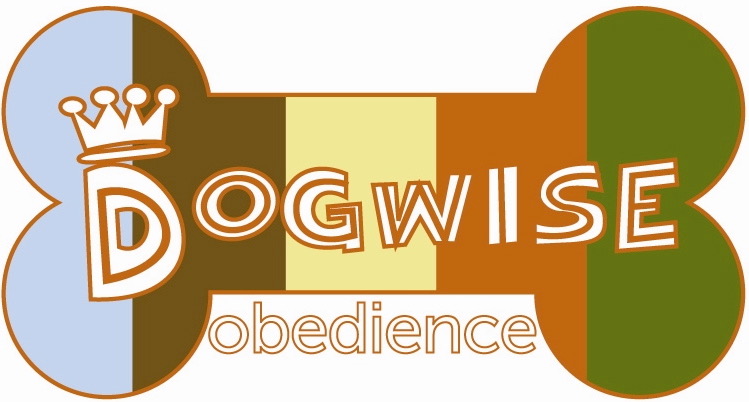Do you worry about leaving your dog home alone because he panics, scratches at the windows and doors, chews through barriers and engages in other destructive behaviors? The majority of dogs that chew our slippers or happily eat the sofa while we are at work are not actually suffering from separation anxiety. For these dogs this behavior is usually about finding something interesting and fun to do in our absence.
However, there are a small percentage of dogs who truly panic when left alone. Typical symptoms of separation anxiety include house soiling, severe salivating, shaking, howling, chewing and digging at doors and windows as well as self inflicted injuries in attempts to get out of the crate or house.
Incidents of Separation Anxiety generally begin far before we leave the house. As your dog sees you going about your routine before you leave for work, he begins to get stressed realizing that these actions often precede you leaving. A good deal of this stress can be eliminated by analyzing and changing the meaning of the signals that tell your dog that he is about to be left home alone.
How to:
- Change your dog’s feelings about the items or actions that often precede being left alone in the house.
- Identify the “triggers” that make your pup realize that he is soon to be left alone. These triggers can be picking car keys, putting on shoes, putting on your work coat, getting your briefcase, etc.
- Working on one trigger at a time, repeat that action when you are not leaving the house. Ex, if picking up the car keys sends your pooch into a mini-panic, start with that.
- Several times per day, pick up the car keys and hold on to them for about a minute or just a few seconds if your dog is really stressed. Completely ignore your dog and busy yourself with some house hold chore, reading, TV watching, etc.
- Put the keys back down and continue to ignore him.
- It is best to do this exercise when you plan to stay home for the next several hours.
Next Step:
- Change what these triggers mean to your dog. Example, when my person jingles the car keys, I get a yummy treat.
- Find an extremely yummy treat that takes a bit of time for your dog to eat, such as a kong treat with peanut butter inside it, a large bone, etc. This treat must be one that is safe to eventually leave with your dog. I do not recommend raw hide treats without supervision, as dogs can choke when the item gets too small.
- Using the example of the car keys, jingle the keys in your hand and give the food stuffed kong toy to your dog. Let your dog dig in and enjoy it
for a few minutes. - Put the car keys back into their usual place and take away the food treat.
- Repeat this process about 5 times at each session systematically working your way through each “red flag” trigger. You are changing your dog’s association with these red flags from stress to happy anticipation of getting a yummy treat.
- As your dog progresses, begin to leave your dog alone for very brief periods while he eats his treat. Slowly increase the length of your absence.



